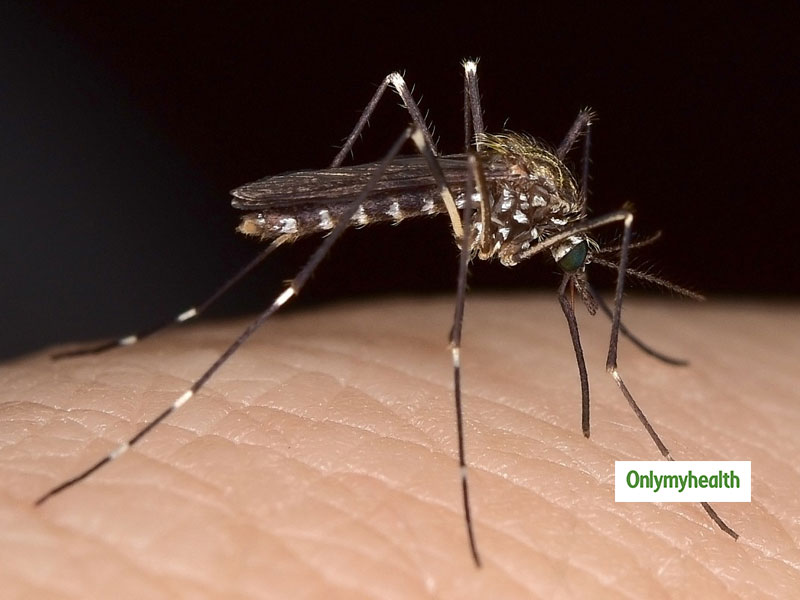
Malaria is the most common mosquito-borne disease in India. It is caused when Anopheles mosquito containing malaria virus bites a person. It infects the red blood cells (RBCs) of the person which then results in malaria fever, chills and other symptoms. This can be life-threatening in the absence of timely treatment. This mosquito is commonly found in tropical regions. The risk of getting malaria is high during the monsoon season. Doctors advise taking proper preventive measures to escape this deadly disease.
Table of Content:-
Here are the four major types of malaria:
Plasmodium vivax
It has the widest distribution around the globe. Approximately 60% of infections in India are caused by P.v. Although it seldom causes death or other serious problems, it can still cause major illness. Some of the common symptoms of P.v are fatigue, diarrhoea, bouts of fever and chills. Flu-like symptoms are commonly observed in the person affected by plasmodium vivax.
Plasmodium ovale
This type of malaria is extremel rare and it only found in the tropical West African regions as well as Liberia, Ghana and Nigeria. Plasmodium ovale may reoccur in some cases as the parasite can stay in the liver of a patient for a few months to 4 years after getting infected by the mosquito carrying malaria. These mosquito parasites are most likely to relapse and invade Red blood cells making the patient sick again.
Also Read: 5 Dangerous Diseases you Get from a Mosquito
Plasmodium malariae
This type of malaria is not as wide spread as the other types and is known to have less than 1 percent infections in the Indian subcontinent. The tropical and subtropical regions of South and Central America, South East Asia and Africa are witnessing its affects since long. Although it is not lethal, it still has varied distributions and is ranked third in prevalence. It manifests itself in the form of high fever and chills.

Also Read: Study reveals how Mosquitoes Transmit Malaria
Plasmodium falciparum
The plasmodium parasite is recognised as the most lethal parasite that causes most infections and deaths related to malaria. This type of malaria is found in Africa, South America, and South East Asia. A Study held in 2002 showed that about 2.2 billion people in the world were at risk of getting affected by P.f. 25% of these events occurred in South East Asian region and almost 70% in Africa. The individual infected by this parasite experiences fatigue, dizziness, abdominal pain, aching muscles, enlarged spleen, seizures, sore back, joint pain, vomiting, nausea, fever, headache, anaemia and some neurological symptoms as well. Since it is the severest of all the four malaria types, it become important that this be checked, diagnosed and treated on time. This infection also has an adverse affect on brain and the central nervous system where you may also get cerebral malaria. Many times, changes in the levels of consciousness, paralysis and convulsions can also occur.
Malaria fever affects almost 500 million every year and about 1 to 3 million people face death. It is also critical for those travelling to these regions where the hold of malaria is strong and old. This makes prevention of malaria even more crucial.
Read more articles on Other Diseases
How we keep this article up to date:
We work with experts and keep a close eye on the latest in health and wellness. Whenever there is a new research or helpful information, we update our articles with accurate and useful advice.
Current Version